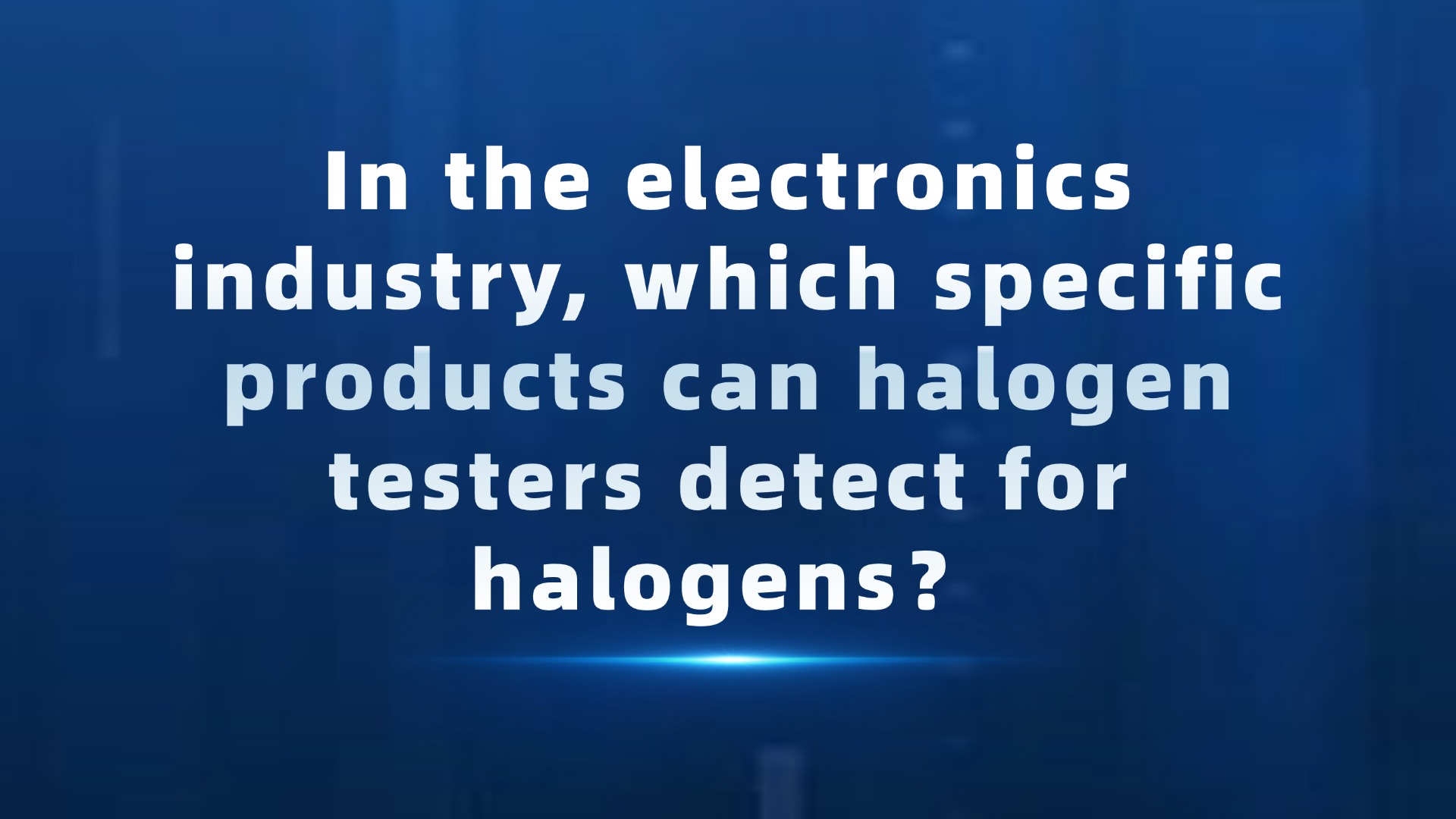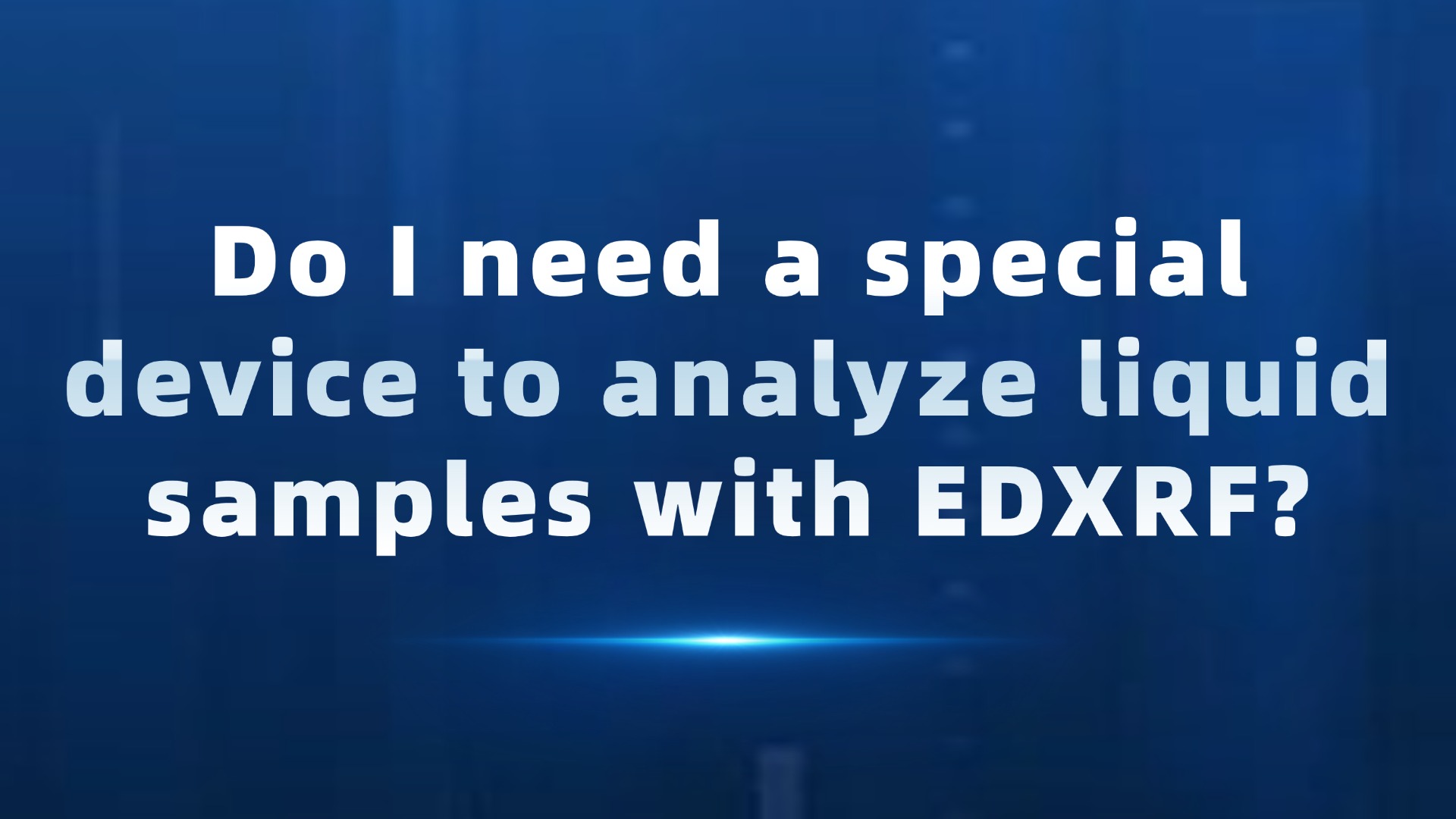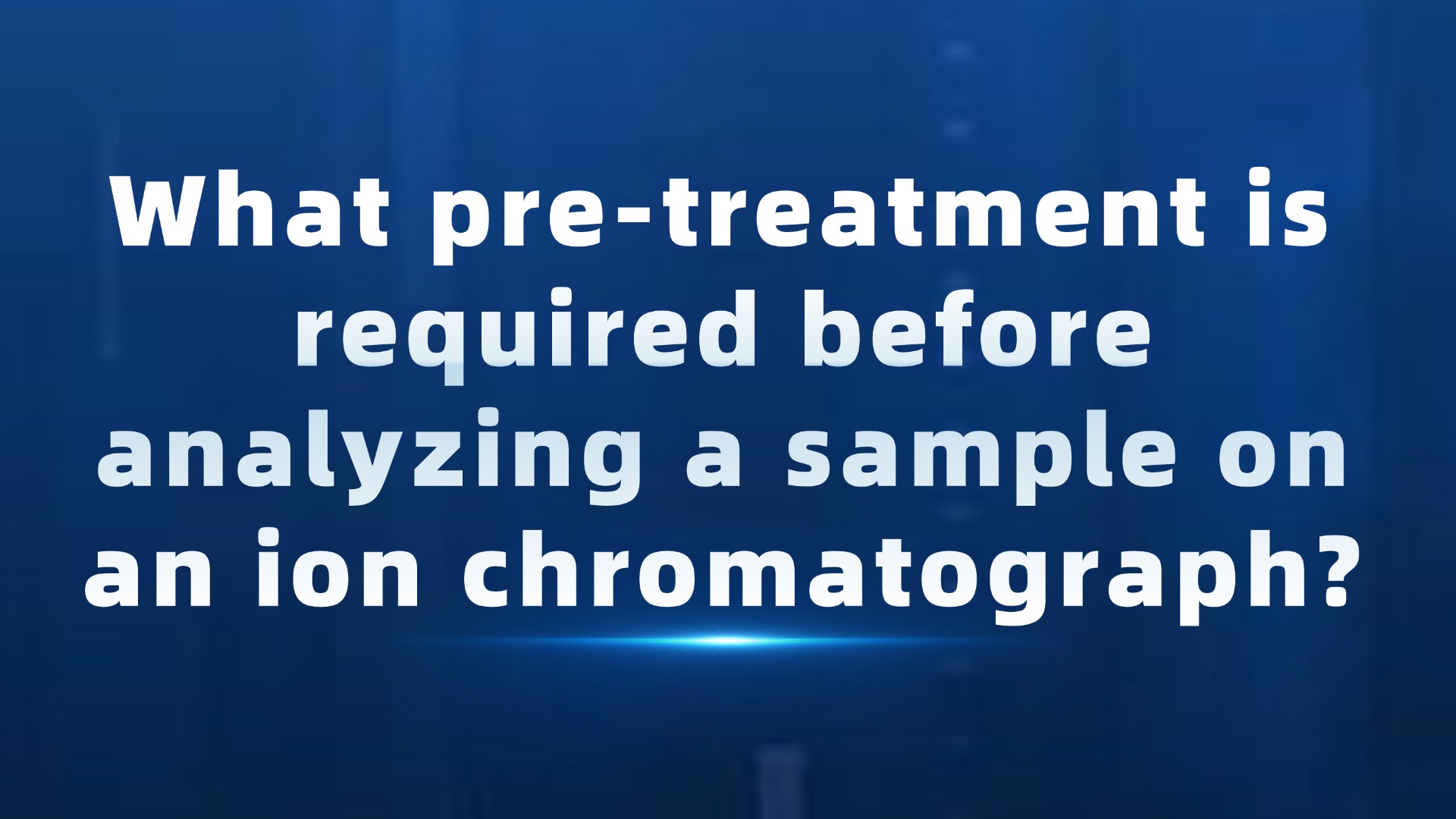In many fields of scientific research and industrial production, accurately detecting the ionic components in substances is of great significance. As an important tool for ion analysis, the detection precision of ion chromatographs has drawn much attention. So, what level of detection precision can ion chromatographs actually achieve?
The working principle of ion chromatographs is based on ion exchange. Ions in the sample exchange with the ions on the stationary phase (ion exchange resin). Due to different affinities of various ions with the stationary phase, they pass through the chromatographic column at different speeds under the drive of the mobile phase, thus achieving separation. After separation, the ions enter the detector, generating corresponding electrical signals. By analyzing these signals, the types and contents of the ions can be determined. This unique separation and detection mechanism lays a foundation for high-precision detection.
According to the data from numerous universities, research institutions, and instrument suppliers, ion chromatographs perform remarkably well in terms of detection precision. For example, the resolution of the conductivity detectors of some ion chromatographs can reach 0.002 nS/cm or even lower. Take the ion chromatograph in the School of Environmental Science and Engineering at Shandong University as an example. Its conductivity detector has a resolution of ≤ 0.003 nS/cm, which means the instrument can sensitively detect extremely small changes in conductivity, thereby accurately detecting subtle differences in ion concentrations. The ion chromatograph in the Analytical Testing Center of Jiangnan University has a detection resolution of up to 0.0020 nS/cm, also demonstrating high-resolution characteristics.
Regarding the detection limit, some ion chromatographs can achieve extremely low detection limits for specific ions. For instance, the ion chromatograph at the Lunan Institute of Coal Chemical Engineering and Technology can achieve a detection limit of < 1×10⁻⁴ μg/g for Cl⁻ and < 1×10⁻³ μg/g for SO₄²⁻. This indicates that ion chromatographs can detect trace amounts of ions in samples. Even at extremely low concentrations, it is possible to accurately identify and quantitatively analyze them.
Detection precision is also reflected in the accuracy of simultaneous detection of multiple ions in samples. Ion chromatographs can simultaneously analyze various common anions, cations, and organic acids in samples. For anions, they can detect F⁻, Cl⁻, Br⁻, NO₂⁻, PO₄³⁻, NO₃⁻, SO₄²⁻, etc.; for cations, they can detect Li⁺, Na⁺, NH₄⁺, K⁺, Mg²⁺, Ca²⁺, etc. During the simultaneous detection of these ions, relying on their excellent separation ability and detection precision, the instruments ensure that the concentration of each ion can be accurately measured, without significant interference and errors caused by the coexistence of multiple ions.
There are many factors influencing the detection precision of ion chromatographs. First, the hardware performance of the instrument itself plays a crucial role. High-precision pumps can ensure the stability of the eluent flow rate, and the flow precision usually requires < 0.1%. If the flow rate is unstable, it will directly affect the separation effect of ions in the chromatographic column, thereby affecting the detection precision. For example, the ion chromatograph in the School of Energy and Environmental Engineering at University of Science and Technology Beijing can achieve a flow rate range of 0.001 - 20 mL/min without replacing the pump head, and the flow precision is strictly controlled. Second, the performance of the chromatographic column is also essential. Different types of chromatographic columns have different separation effects on various ions, and selecting the appropriate chromatographic column can effectively improve the detection precision. Moreover, the sensitivity and stability of the detector also affect the detection precision, such as the high-resolution conductivity detector mentioned above. In addition, if the sample pretreatment process is improper, it may introduce impurities or cause ion loss, which will also reduce the detection precision.
In practical applications, the high precision of ion chromatographs plays an important role. In the field of environmental monitoring, it can accurately detect trace amounts of harmful ions in water, ensuring water quality safety; in food safety testing, it can precisely determine the ionic components such as additives and pollutants in food, safeguarding food safety; in the field of scientific research, it helps scientists conduct in-depth research on the ionic composition of various substances, promoting the development of science.
The detection precision of ion chromatographs can reach a quite high level. Whether it is resolution, detection limit, or the accuracy of simultaneous detection of multiple ions, it can meet the requirements of high-precision analysis in many fields. With the continuous development and innovation of technology, the detection precision of ion chromatographs is expected to be further improved, providing stronger support for research and production in various fields.




